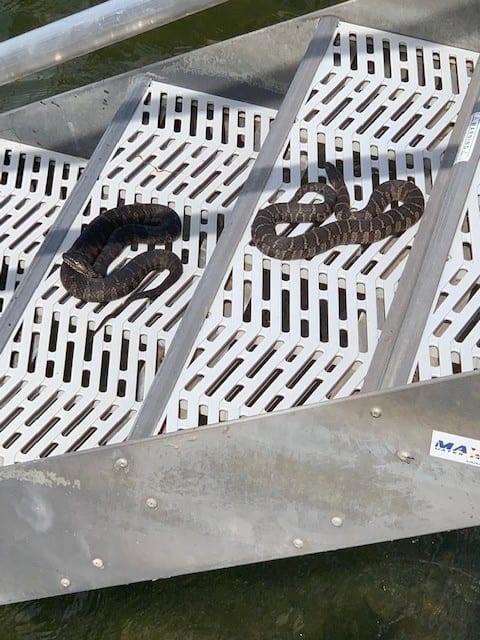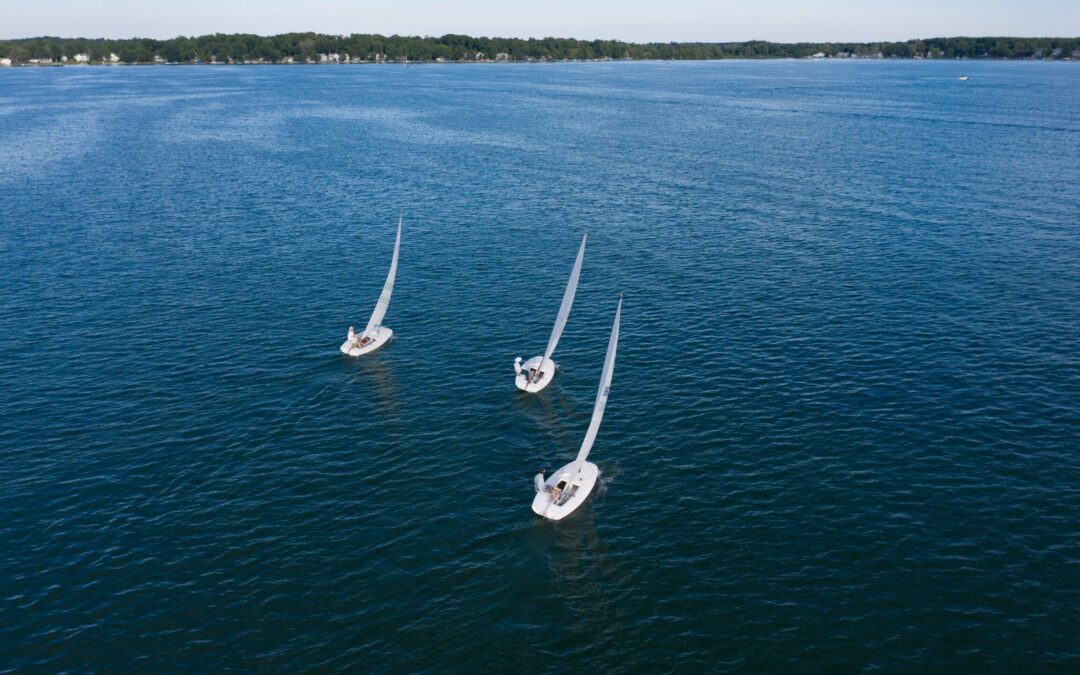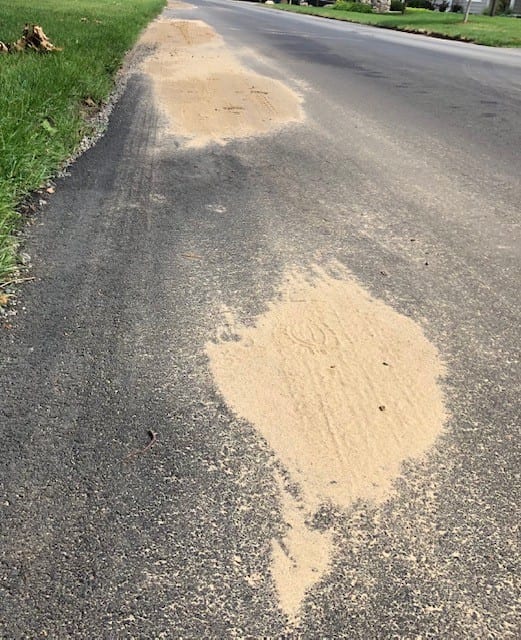
by Debbie Palmer | Jul 23, 2021 | Featured, General, Water Quality
I hope you read the recent blog article Lake Maxinkuckee’s Annual Check-Up. I wrote about Indiana University’s Clean Lakes Program and revealed Lake Maxinkuckee’s Carlson’s TSI score – putting us in between Oligotrophic and Mesotrophic. I also posed the...

by Debbie Palmer | Jul 16, 2021 | Featured, General, Lake Info
photo courtesy of Dave Gibson I am always looking for topics for blog articles and often inspiration comes in the form of, what I call, citizen concerns. I recently received three inquiries regarding snakes, which I know nothing about. I decided if three people...

by Debbie Palmer | Jul 7, 2021 | Featured, Water Quality
photo courtesy of Jim Haist The Indiana Clean Lakes Program was created in 1989 and is administered through a grant to Indiana University’s School of Public and Environmental Affairs (SPEA) in Bloomington. The goal is to collect data to identify water quality...
by Debbie Palmer | Jul 1, 2021 | Newsletters
July Newsletter 2021Download Debbie Palmer Hi, I’m Debbie Palmer. I received a BS in Horticulture from Purdue University. Here at LMEF, I am responsible for outreach presentations, monitoring the lake and it’s wetlands, project manager for restoration and research...

by Debbie Palmer | Jun 28, 2021 | Featured, General, Water Quality, Watershed
According to The Environmental Protection Agency, sediment – loose sand, silt, clay and other soil particles – is the most common pollutant in our waterways. Accelerated erosion from human use of land accounts for 70% of that sediment, and the most concentrated...






Recent Comments